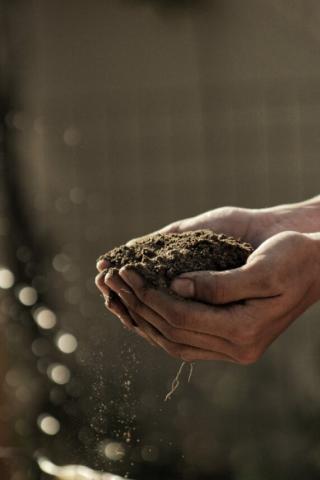Abstract
Estimating soil nitrogen supply (SNS) is an important step in nitrogen (N) decision-making for arable crops. The N that gets into an unfertilised crop by harvest, termed harvested SNS, can be taken as the most meaningful metric of soil-derived N, as it affects fertiliser N requirements. This report examines past and new datasets to determine how best to predict harvested SNS.
SNS prediction proved worthwhile, whether by a field assessment method (FAM, e.g. RB209) or by soil mineral nitrogen (SMN) measurement, when compared to a simplistic assumption of a fixed value. SMN explained more of the variation in harvested SNS than FAM, but FAM was more accurate on average, unless SMN measures were adjusted for N deposition and recovery. SMN-based predictions performed best on clay and silt soils, in lower rainfall areas and where SNS was expected to be high. In situations where harvested SNS was expected to be moderate or low, SMN did not perform better than FAM, even on clay and silt soils. Overall, there appear to be two ways in which SMN measurement may help to deliver improvements to N management on the farm:
1.to confirm and manage fields where SNS levels are suspected of being very high or are uncertain;
2.as part of a package of measures, including field assessment and monitoring of crop growth, lodging, grain yield and grain protein, used to get average SNS predictions right over large blocks of land, particularly in situations where the management or farming system has changed.
Spring SMN measures explained slightly more of the variation in harvested SNS than autumn measures. Sampling 0-60 cm in autumn was as effective as sampling 0-90 cm, but in spring, sampling to 90 cm was best. Adjustments for deposition and crop recovery of SNS improved accuracy and economic performance of SMN predictions. Mineralisation measures using SOM%, total soil N% or GrowHow additionally available N (AAN) improved the precision of spring (but not autumn) SNS predictions.
Soil sampling and handling studies showed that samples should be kept cool but not frozen, and analysed within three days of sampling. Laboratory standardisation tests showed lab differences to be small, but that ring tests between labs should continue.
Studies of oilseed rape showed that crop N and SMN can be considered equivalent in SNS predictions.
Download the full report below.



